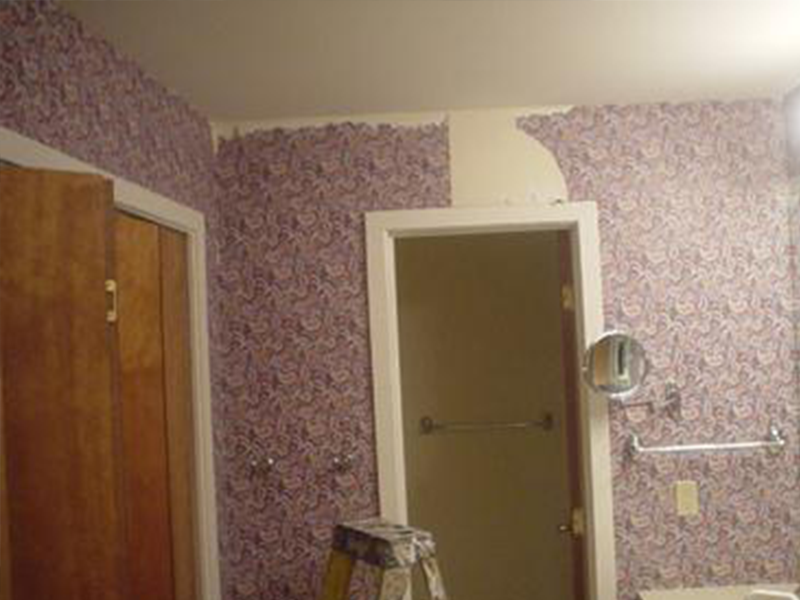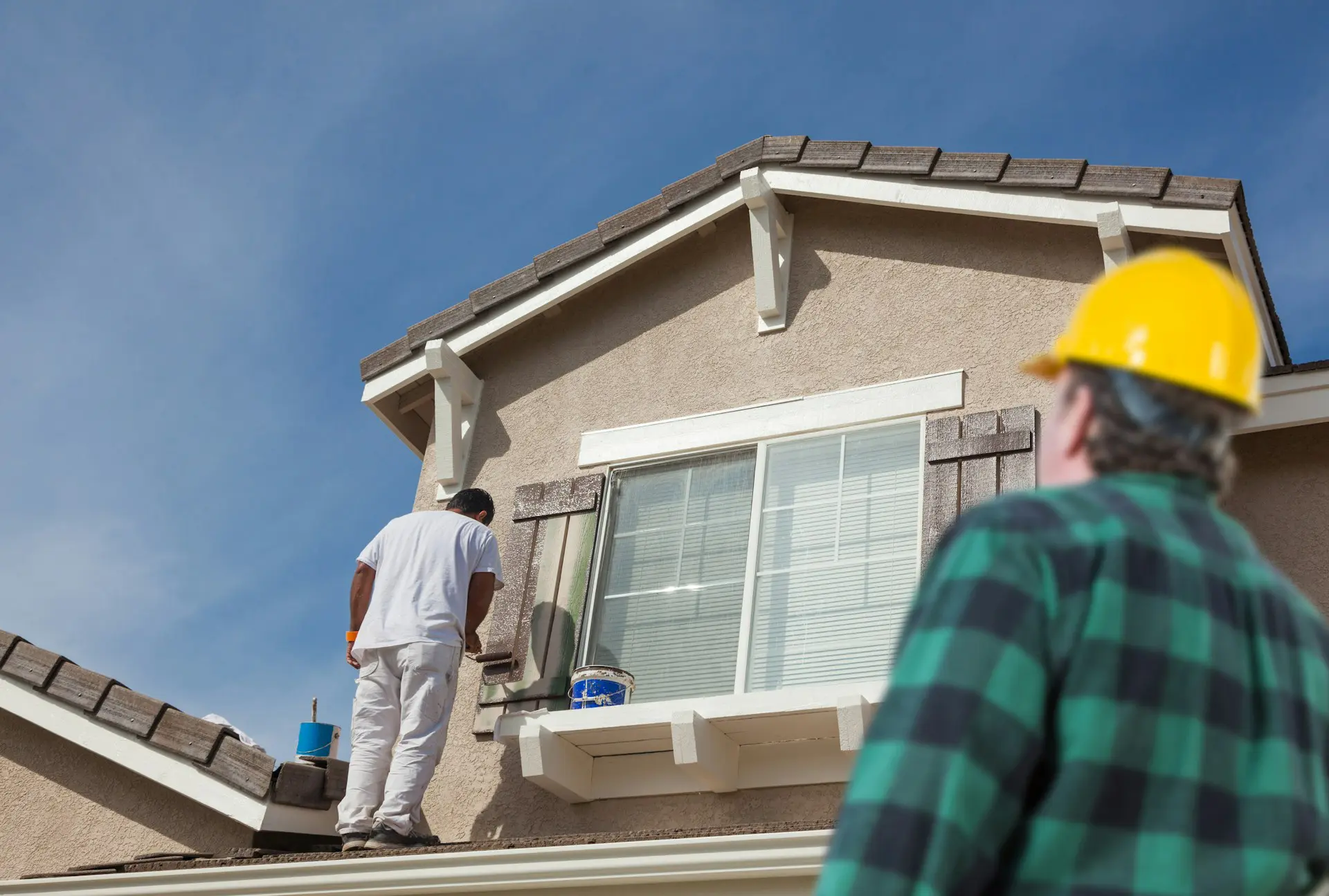How to Strip Wallpaper…Properly

Mention the idea of stripping wallpaper to the average DIYer and you’ll probably be greeted with the same response. That being, a snarl and a grimace. As far as everyday domestic duties are concerned, few are more uninspiring and foreboding than stripping wallpaper.
In theory, getting rid of wall wallpaper should be an easy job. Apply moisture to loosen the glue, grab a corner and away you go. In reality however, it just doesn’t go quite like this in about 99.99% of cases. Instead, you find yourself packing and grinding away at the kind of paper that seems hell-bent on staying put forever.

The good news being that with a strategic approach, even the most stubborn wallpaper can be removed with (relative) ease. It’s also worth remembering that once the job is done, it’s done for the foreseeable future. Or if you decide to go ahead and paint your walls, it’s done for the very last time!
Getting Wallpaper Down like a Pro
As is the case with all home improvements, the key to success lies in thorough planning and preparation. You’ll need a few basic tools to get the job done properly, along with quite a lot of patience and as much time as it takes. Only you can decide how long you need – we always advise adding at least an extra 30%, just in case.
The first step in the process is to remove all outlet covers, switch plates and general fixtures from the wall. These will only make things more difficult than they need to be. Remove as much furniture as possible from the room, or protect it thoroughly using quality drop cloths. No matter how careful you are, you’re still going to end up with bits and pieces of sticky mess everywhere.
What makes modern wallpaper so difficult to remove is the way in which it is designed specifically to resist potential damage caused by moisture. Hence, simply spraying your walls randomly with water probably isn’t going to work. Instead, you might need to gently pierce the surface of the wallpaper using a utility knife. Or if you prefer, a specially designed wallpaper piercing tool. By making a bunch of cuts and holes all over the place, you give the moisture you’ll soon be applying a much better chance of penetrating right down to the adhesive.
Just try not to be too heavy handed with the cutting, as you don’t want to go and damage the surface of the wall beneath.
Applying Moisture
When you’re done with the scoring or piercing process, you can get busy with the moisture. For the best possible results, you’ll want to create a solution comprising warm water with a modest amount of vinegar, which after application via sponge or spray bottle can be left for 30 minutes. Once again, there’s always the option of specially designed wallpaper stripping solutions, which can be even more effective.
When 30 minutes or so have passed, you should notice bits and pieces of the paper starting to peel from the wall. Grab yourself a corner and gently begin to peel it away. As you do so, use a scraper to help you remove as many large and complete sections as possible. You will probably come across certain areas that are more stubborn than others – keep a bottle or bucket of the removal liquid close at hand, in order to apply more generous doses where necessary.
The Cleanup Process
Get it right with the above steps and you’ll be surprised how quick and easy it is to strip your walls bare. After which, it’s simply a case of taking care of the cleanup process. You’ll need to tackle any areas of the wall where there is still residual glue, before giving the whole thing a good rinse. If you made any noticeable holes or marks in the wall during the scraping process, grab yourself some filler and repair the damage.
Leave the whole thing to dry for at least 24 hours and assuming you cleaned it all properly, you’re now ready to grab yourself a can of primer and get started with the painting. Unless of course you fancy a fresh covering of wallpaper, but chances are you’ll never want to see the stuff again after what you’ve just experienced!
For more information on any aspect of indoor or outdoor painting, contact a member of the team at Homm CPS today.










